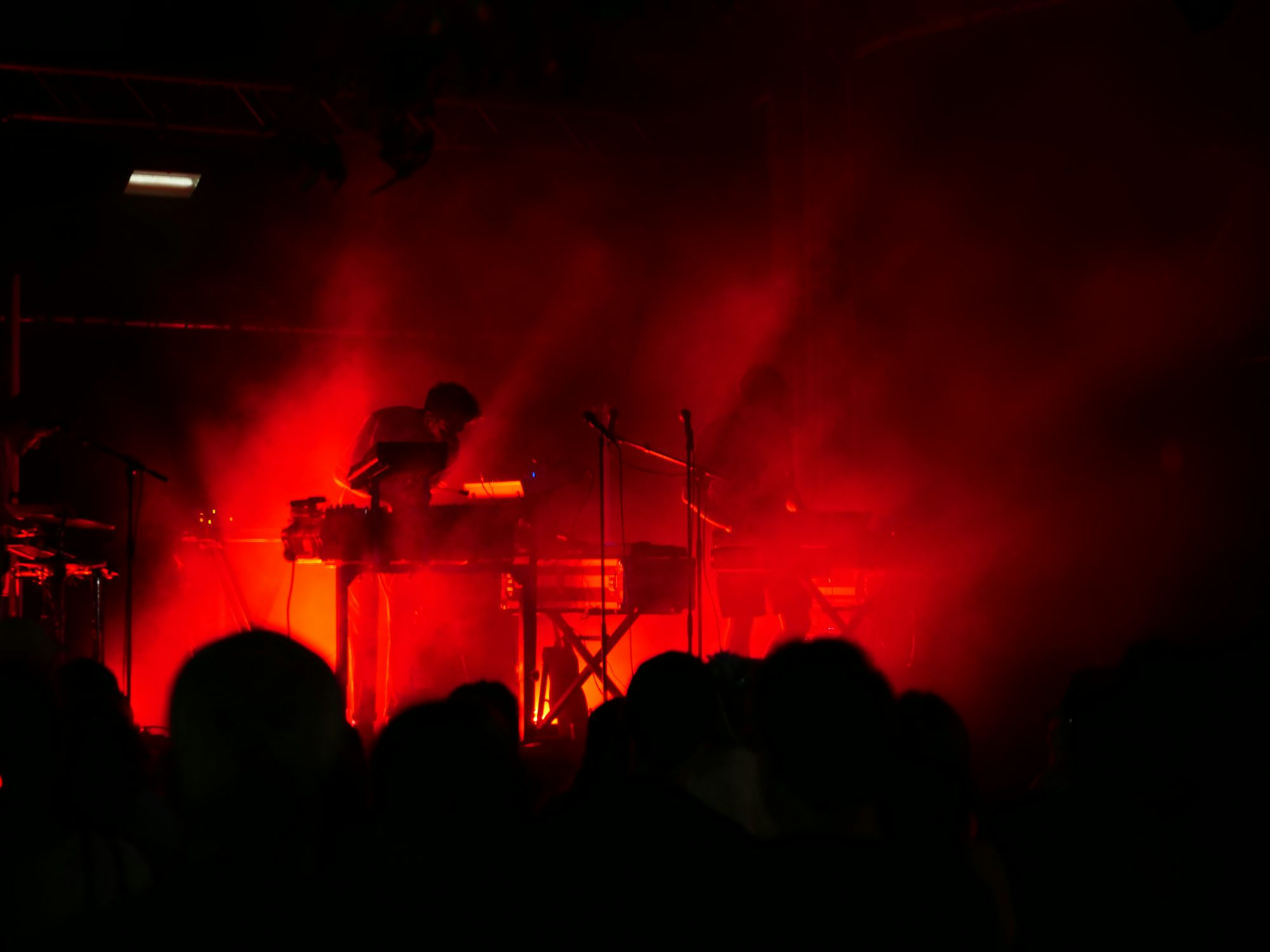
The Art of DJing: Crafting the Ultimate Live Experience
music This article delves into the art of DJing, exploring techniques, the role of technology, and the unique connection between DJs and their audiences during live performances.At its core, DJing is about creating an experience. The best DJs possess an innate ability to read a crowd, understanding when to build energy and when to pull back, all while curating a seamless musical journey. The art of mixing tracks is fundamental, where DJs blend songs in a way that maintains flow and energy. Techniques such as beatmatching, where the tempo of two tracks is aligned, and phrasing, which ensures that transitions occur at the right moment, are essential skills that every DJ must master. These foundational elements allow for smooth transitions that keep the dance floor alive.
In addition to technical skills, the selection of music plays a pivotal role in a DJ’s performance. The ability to curate a set that resonates with the audience is a mark of a great DJ. Many DJs spend hours digging through tracks to find the perfect songs that will evoke emotions and create memorable moments. This careful selection process is often informed by the DJ’s knowledge of the genre, the venue, and the crowd’s vibe. Each set is a unique expression of the DJ’s artistic vision, allowing them to showcase their personality through music.
The rise of technology has also revolutionized the world of DJing. Modern DJs have access to a plethora of tools and software that enhance their creative capabilities. Digital Audio Workstations (DAWs) and DJ software, such as Serato, Traktor, and Rekordbox, offer features that allow for complex mixing, effects, and even live remixing. With these tools, DJs can manipulate tracks in real time, adding loops, samples, and effects that elevate the performance to new heights. This technological advancement has also made DJing more accessible, allowing aspiring DJs to hone their skills without the need for extensive equipment.
However, the essence of DJing goes beyond technology and technique; it lies in the connection between the DJ and the audience. A skilled DJ can create a communal atmosphere where everyone in the room feels the music. This bond is often fostered through the DJ’s interaction with the crowd, whether through eye contact, gestures, or even vocal encouragement. The energy of the audience can influence the DJ’s choices, creating a dynamic where both parties are engaged in a shared experience. This interaction is what makes live performances so special, as each set becomes a unique moment in time that can never be replicated.
The physicality of DJing also plays a significant role in creating a memorable performance. music The way a DJ moves, dances, and engages with the music can inspire the crowd to do the same. This physical expression not only enhances the overall atmosphere but also creates a visual spectacle that captivates the audience. Many fans attend shows not just for the music, but also for the electrifying presence of the DJ behind the decks. Iconic DJs, such as Calvin Harris and Tiësto, are known for their charismatic performances, which further elevate their sets beyond the music.
Moreover, the environment in which a DJ performs can greatly influence the overall experience. Festivals, clubs, and intimate venues each offer unique atmospheres that shape how the music is perceived. Outdoor festivals, with their expansive spaces and vibrant energy, create a sense of freedom and excitement. In contrast, smaller clubs allow for a more personal connection, where the DJ and audience can interact more intimately. The setting can also dictate the types of music played, with certain genres resonating more in specific environments, creating tailored experiences for attendees.
As the EDM scene continues to evolve, so do the expectations for DJs. Audiences are becoming more discerning, often seeking out performances that go beyond traditional mixing. Many DJs are now incorporating live elements into their sets, such as live musicians or vocalists, to create a more immersive experience. This blend of DJing and live performance adds a new layer of excitement and originality, appealing to fans who crave innovation.
In recent years, the popularity of virtual DJing and live streaming has surged, especially in response to global events that limited in-person gatherings. Platforms like Twitch and YouTube have allowed DJs to reach audiences worldwide, creating virtual experiences that maintain the essence of live performances. These online events often feature elaborate visual displays and interactive elements, further bridging the gap between the DJ and their audience, even from a distance.
In conclusion, DJing is an intricate blend of technical skill, artistic expression, and community connection. The ability to craft a unique live experience hinges on a DJ’s understanding of their craft, their audience, and the technology at their disposal. As the EDM landscape continues to change, the role of DJs remains vital in creating memorable moments that resonate long after the music fades. Their artistry not only shapes the sounds of today but also influences the future of electronic music, ensuring that the dance floor will always be a place of joy and connection.